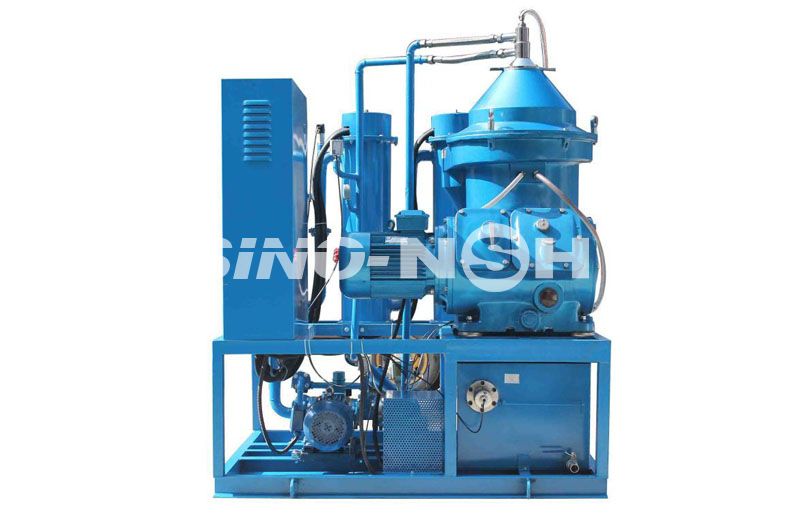E-mail seo@sino-purification.com

Time:2025-01-24 11:44:51 Reading volume:
Filtering water from transformer oil is crucial to maintaining its insulating properties, as water can significantly degrade the oil’s performance and lead to transformer failure. Transformer oil, typically used in electrical transformers for insulation and cooling, can accumulate moisture over time due to exposure to air, leaks, or condensation, which can lower its dielectric strength and lead to operational issues.
Here’s how to effectively filter water from transformer oil:

Best for: Removing dissolved water (moisture) and gases (air or dissolved gases like CO₂, O₂) from transformer oil without degrading its insulating properties.
How it works: This method uses a vacuum to lower the boiling point of water, allowing it to evaporate from the oil at a much lower temperature. The water vapor is then separated from the oil through condensation.
Advantages:
Considerations:
Best for: Removing free water and emulsified water (small droplets of water suspended in the oil).
How it works: Coalescing filters use special filter media to coalesce tiny droplets of water into larger droplets, which are then separated from the oil. This is a simple and effective method for removing water that is suspended in the oil, either as free water or in the form of emulsions.
Advantages:
Considerations:
Best for: Removing small water droplets or emulsified water that are difficult to separate through normal filtration.
How it works: Electrostatic separation uses an electrical field to charge water droplets in the transformer oil, causing them to combine (coalesce) into larger droplets. These larger droplets can then be removed from the oil.
Advantages:
Considerations:
Best for: Removing both water and particulate matter from transformer oil.
How it works: This method uses centrifugal force to separate contaminants, including water, based on their different densities. Water, being denser than transformer oil, is forced to the outer edges of the centrifuge, while the purified oil remains in the center.
Advantages:
Considerations:
Best for: Removing emulsified water from transformer oil by using hydrophilic polymers that selectively absorb water.
How it works: Special hydrophilic polymer filters or absorbent materials attract and absorb water from the oil. The polymer material holds the water molecules, leaving the purified oil behind.
Advantages:
Considerations:
The method you choose for filtering water from transformer oil depends on the type and amount of water contamination in the oil. Here's a quick guide:
If the oil has dissolved moisture (water vapor) or gases:
If the oil contains free water (liquid water):
If the oil contains emulsified water (water suspended in small droplets):
If the oil has both water and particulate contamination:
If you are dealing with small amounts of emulsified water:
Removing water from transformer oil is crucial to maintaining the health of your transformer and preventing costly failures. The method you choose depends on the type of water contamination, the condition of the oil, and the available resources. Vacuum dehydration is a common and effective method for removing dissolved water and gases, while coalescing filters and centrifugal filtration are great for removing free and emulsified water.
If you need more detailed guidance on selecting or setting up a water filtration system for your transformer oil, feel free to ask!